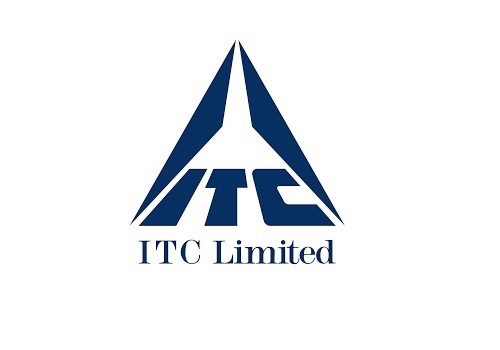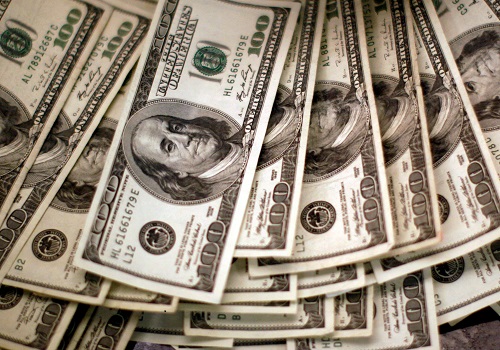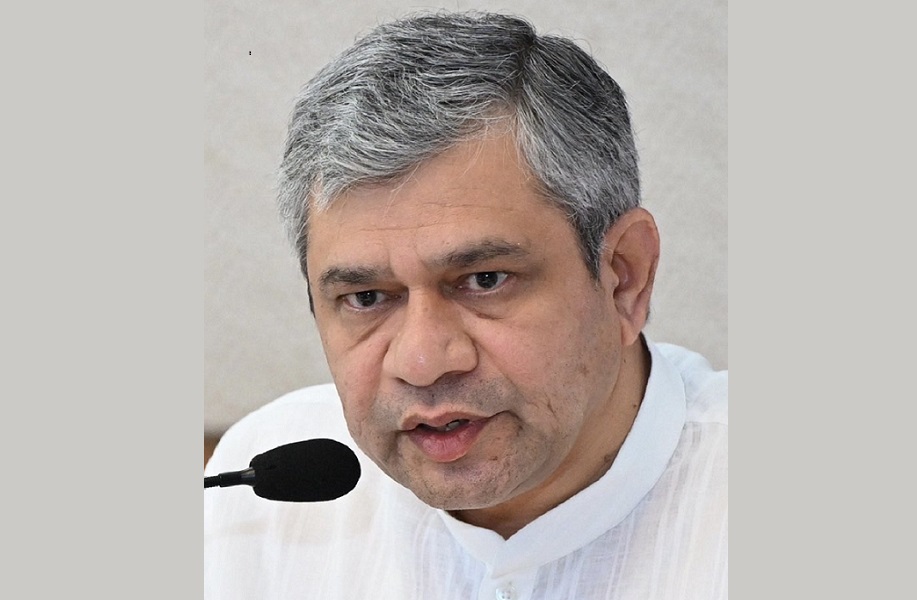Indian rates at three-month high on low supplies, paddy price hike
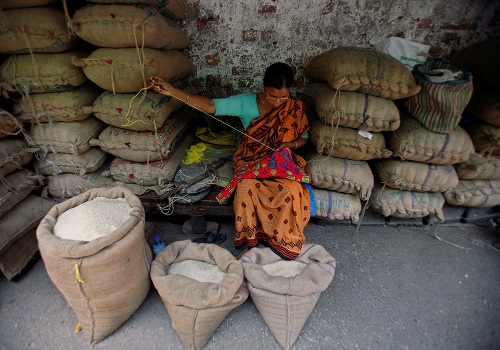
Prices of rice exported from top hub India jumped to their highest since early March this week, driven by tight supplies and a move to raise the government-mandated price for paddy, while rates for the staple from Thailand eased on lower demand.
India's 5% broken parboiled variety was quoted at $388-$395 per tonne, up from last week's $375-$380.
India on Wednesday raised the price at which it will buy new-season common rice paddy from farmers by 7% to 2,183 rupees per 100 kg.
"Paddy prices have gone up in the local market in the last one month anticipating a hike in support prices. It is ultimately pushing up rice export prices," said Himanshu Agarwal, executive director at Satyam Balajee, an exporter.
Neighbouring Bangladesh imported 634,000 tonnes of rice to ensure food security in the first 11 months of the current financial year ending in June, data from its food ministry showed.
Bangladesh, which often requires imports to cope with shortages caused by natural calamities, doesn't need to import rice in the coming fiscal year given good domestic yield, Food Minister Sadhan Chandra Majumder had said.
Thailand's 5% broken rice prices were quoted at $490-$495 per tonne, slightly down from last week's $495.
Demand was still flat and additional supply was expected next month during the harvest, a Bangkok-based trader said.
Another trader said demand from African countries has been quiet because Thai prices were higher compared to India, while prices were supported by concerns of droughts and exports to Indonesia.
Vietnam's 5% broken rice rates were unchanged at $490-$495 per tonne.
Traders said they are speeding up rice purchases from farmers to fulfil export contracts for the year.
State media cited the Vietnam Food Association as saying that high prices have encouraged farmers to invest more in the summer-autumn crop.





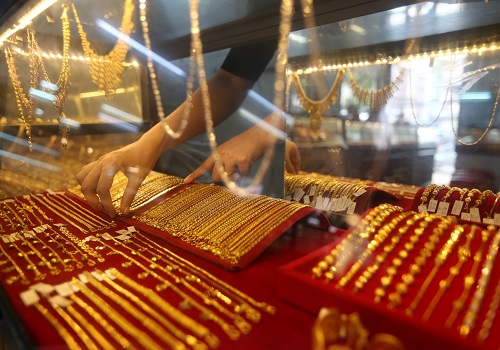

.jpg)

